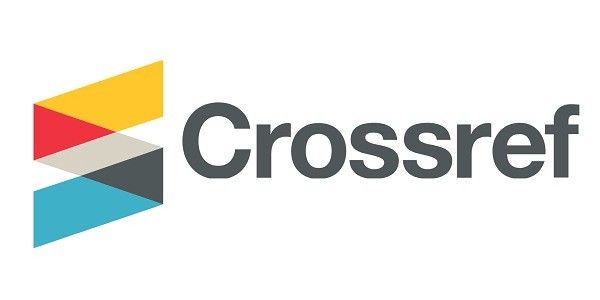Identifikasi Hidrokuinon Pada Krim Pemutih Wajah Yang Beredar Di Pasar Central Tompasobaru
DOI:
https://doi.org/10.55724/jbiofartrop.v5i1.379Keywords:
whitening cream, hydroquinone, Tompasobaru Central MarketAbstract
The board of trustees of medicine and food throughout Indonesia was keeping a routine check on cosmetics that ran from October 2014 to September 2015, there are 30 types of cosmetics that contain the dangerous materials of 13 types of cosmetic product and 17 types of domestic production. The harmful substances identified in such cosmetics as K3 and K10 red dye (Rhodamin B), retinoic acid, mercury and hydroquinine. Hydroquinone is a supposition or a device that ACTS to treat hyperpigmentation in the outer part of the body as skin. Hyperpigmentation is the process by which skin is exposed to such areas as pimples, scars, or brown spots from frequent exposure to sunlight. Excessive use of hydroquinone can cause ookronosis, namely the skin has nodules like sand and bluish-brown in color, people with ookronosis will feel the skin like burning and itching. This type of research is descriptive, which aims to describe and describe the presence or absence of hydroquinone in facial whitening creams. The method used for laboratory testing is qualitatively using the thin layer chromatography method. Sampling using purposive sampling method, namely sampling where the sample taken is a cream that does not have a permit from the Food and Drug Supervisory Agency. From the results of research that has been carried out on three face whitening creams circulating in the Central Tompasobaru market and do not have a permit from the Food and Drug Supervisory Agency, one of which was declared positive for containing Hydroquinone, it is shown from the results of a qualitative test using the thin layer chromatography method which has the same value. with a standard solution of hydroquinone, which is Rf = 0.84 and under UV light 254 has a blackish fluorescence.
Downloads
Downloads
Published
How to Cite
Issue
Section
License
Copyright (c) 2022 Biofarmasetikal Tropis

This work is licensed under a Creative Commons Attribution 4.0 International License.














